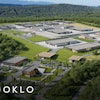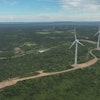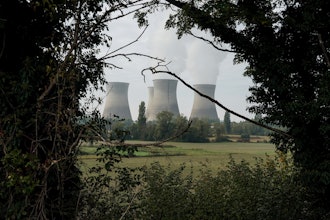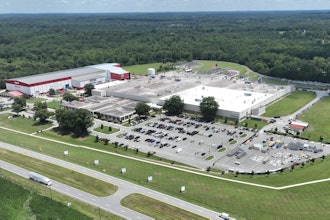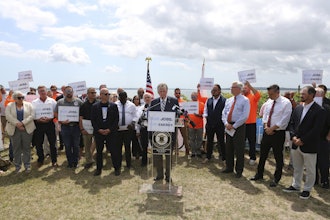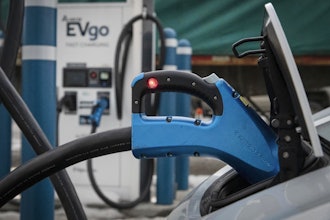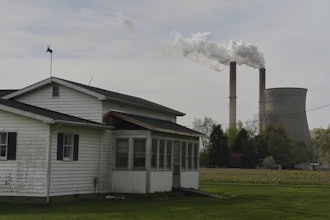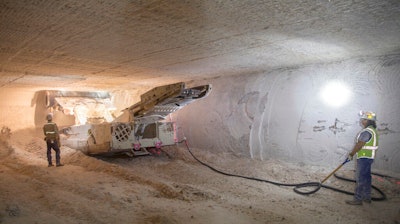
ALBUQUERQUE, N.M. (AP) — New Mexico officials outlined new conditions Thursday for a proposed permit for the U.S. government to continue the disposal of nuclear waste in the southeast corner of the state, part of a multibillion-dollar federal cleanup program.
As a hedge against becoming the nation’s only permanent dumping ground, New Mexico wants to raise the bar with its proposal by demanding federal officials produce a full accounting of materials still needing to be cleaned up and shipped to the Waste Isolation Pilot Plant, or WIPP.
The state also is putting Congress on notice that the permit would be revoked if lawmakers expand the type of waste accepted at WIPP. Currently, the repository is licensed to take what is known as transuranic waste, or waste generated by the nation’s nuclear weapons program that is contaminated with radioactive elements heavier than uranium.
There are a few other commercial facilities in the U.S. that accept low-level waste, but none involves hoisting it into an ancient salt formation about a half-mile (0.8 kilometers) deep.
The idea is that the salt from which the subterranean landfill is carved will shift and eventually entomb the barrels and special boxes that are stacked within disposal rooms. The containers are packed with lab coats, rubber gloves, tools and other contaminated debris.
Democratic Gov. Michelle Lujan Grisham and members of the state's congressional delegation have relayed to top federal officials the concerns of New Mexicans about any plans that would call for opening WIPP to high-level waste such as diluted plutonium.
Top state officials also have criticized the federal government for prioritizing cleanup in other states rather than getting more waste from Los Alamos National Laboratory — the once top-secret birthplace of the atomic bomb — shipped to WIPP.
Prioritizing waste from New Mexico would be another condition in the permit, and state officials also want the federal government to submit annual reports on steps being taken to site another underground repository elsewhere in the U.S.
State Environment Secretary James Kenney told The Associated Press in an interview that the proposed conditions represent more than just a wish list, but rather a framework for holding the government accountable.
“One thing the federal government has taught me greatly in this job is that unless they’re told to do something, they may not do it,” Kenney said, adding that the proposed permit conditions would enable the state to leverage outcomes that are in New Mexico's best interest.
The Environment Department plans to release the full draft permit Dec. 20, opening a 60-day public comment period that will be followed by a public hearing and negotiations with the U.S. Department of Energy.
The DOE is expected to push back on several conditions, and it could take a year before a final permit is hashed out and approved.
The agency did not immediately respond to an email request for comment.
Nuclear watchdogs were pleased with the details shared by the state Thursday, saying those steps, if adopted, would help prevent the state from being steamrolled by the federal government.
Kenney recalled being at a gas station in eastern New Mexico when he learned the DOE reached an agreement with Idaho to prioritize cleanup there and ship most of the waste to WIPP. New Mexico was never consulted, he said.
The proposed permit is aimed at reclaiming the state's authority and prioritizing public health and environmental protections in ways that haven't been seen in years, Kenney said.
“When you’re talking about various things coming to WIPP, your first call, before any other state, needs to be to New Mexico,” he said. “All roads lead from WIPP. They don’t lead to WIPP and we will not be put in the position — and I think this permit shows that — that we will be the last one consulted.”

